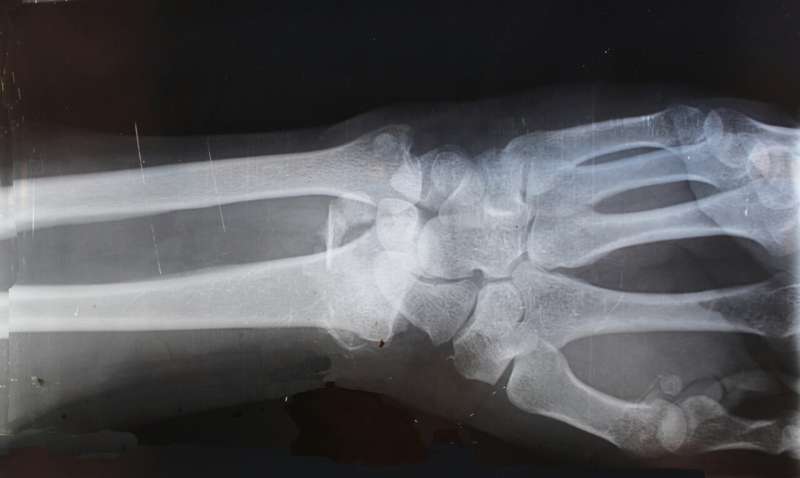Innovative Care System Enhances Diagnostic Imaging Follow-Up and Minimizes Errors

A groundbreaking 'system of care' at Brigham and Women's Hospital reduces diagnostic errors by enhancing follow-up of diagnostic imaging, utilizing technology-driven interventions to improve patient safety.
A recent study led by radiologists from Brigham and Women's Hospital introduces a comprehensive 'system of care' aimed at improving the follow-up process for diagnostic imaging, thereby reducing diagnostic errors and enhancing patient safety. Announced in a publication in the journal Radiology, the research emphasizes the critical need for resilient systems to ensure timely and appropriate imaging assessments.
Every year, over 349 million diagnostic imaging tests—including X-rays, ultrasounds, CT scans, and MRIs—are performed across the United States. During image interpretation, radiologists routinely recommend additional imaging in over 10% of cases to investigate unexpected findings. However, a significant portion—estimated at 25% to 50%—of these follow-up recommendations are either delayed or not completed, which poses risks such as missed or delayed diagnoses and potential patient harm.
To address these challenges, the study evaluated a multi-faceted quality improvement initiative at Brigham and Women's Hospital. This initiative encompassed three core components:
- An integrated information technology tool designed for closed-loop communication to track and confirm follow-up actions.
- Deployment of dedicated 'Safety Net' team members responsible for monitoring, tracking, and scheduling subsequent imaging procedures.
- Feedback reports provided routinely to radiologists, highlighting their follow-up recommendation rates in comparison to their peers.
Using data from 7.5 million radiology reports spanning from January 2015 to December 2022, and comparing results against a control hospital, the researchers observed significant improvements. The intervention led to a 44% decrease in recommendations for additional imaging. Additionally, the proportion of follow-up recommendations that were actionable increased markedly from 5.5% to 42.3%. Most importantly, follow-up rates increased, with 84.7% of actionable recommendations being completed or scheduled, compared to 59.6% at the control site.
These findings suggest that a structured, technology-enabled care system can make radiology practices more reliable, ultimately reducing diagnostic errors and patient harm. Moreover, the decrease in unnecessary imaging recommendations may contribute to lower healthcare costs and reduce the health risks associated with unnecessary radiation exposure.
The success of this initiative has prompted its expansion across the Mass General Brigham healthcare system since October 2024, forming part of the broader 'For Every Patient' quality improvement strategy. The ongoing implementation aims to establish a more resilient, efficient process for diagnostic follow-up, setting a new standard for radiology care.
For more detailed insights, the full study authored by Nooshin Abbasi and colleagues is published in Radiology and can be accessed through the DOI: 10.1148/radiol.243750. This effort exemplifies how targeted quality interventions can improve clinical practices and patient outcomes.
Source: https://medicalxpress.com/news/2025-06-qa-imaging-diagnostic-errors.html
Stay Updated with Mia's Feed
Get the latest health & wellness insights delivered straight to your inbox.
Related Articles
Rising Migration of Ticks Threatens Increased Disease Transmission Risks
The migration of tick populations into new regions, driven by climate change, heightens the risk of tick-borne diseases. Monitoring efforts are vital for public health and disease prevention.
Patients’ Perspectives on the Use of Artificial Intelligence in Dentistry
A recent study highlights patient attitudes towards AI in dental diagnostics, emphasizing cautious optimism and the need for human oversight in dental care technologies.
Blood Vessels and Immune Cells in the Brain: Dual Roles in Protection and Disease Risk
Recent scientific advances reveal that blood vessels and immune cells in the brain play a dual role—protecting brain health while also contributing to the risk of Alzheimer's and stroke. Explore how these guardian cells influence neurological diseases and potential new treatments.



